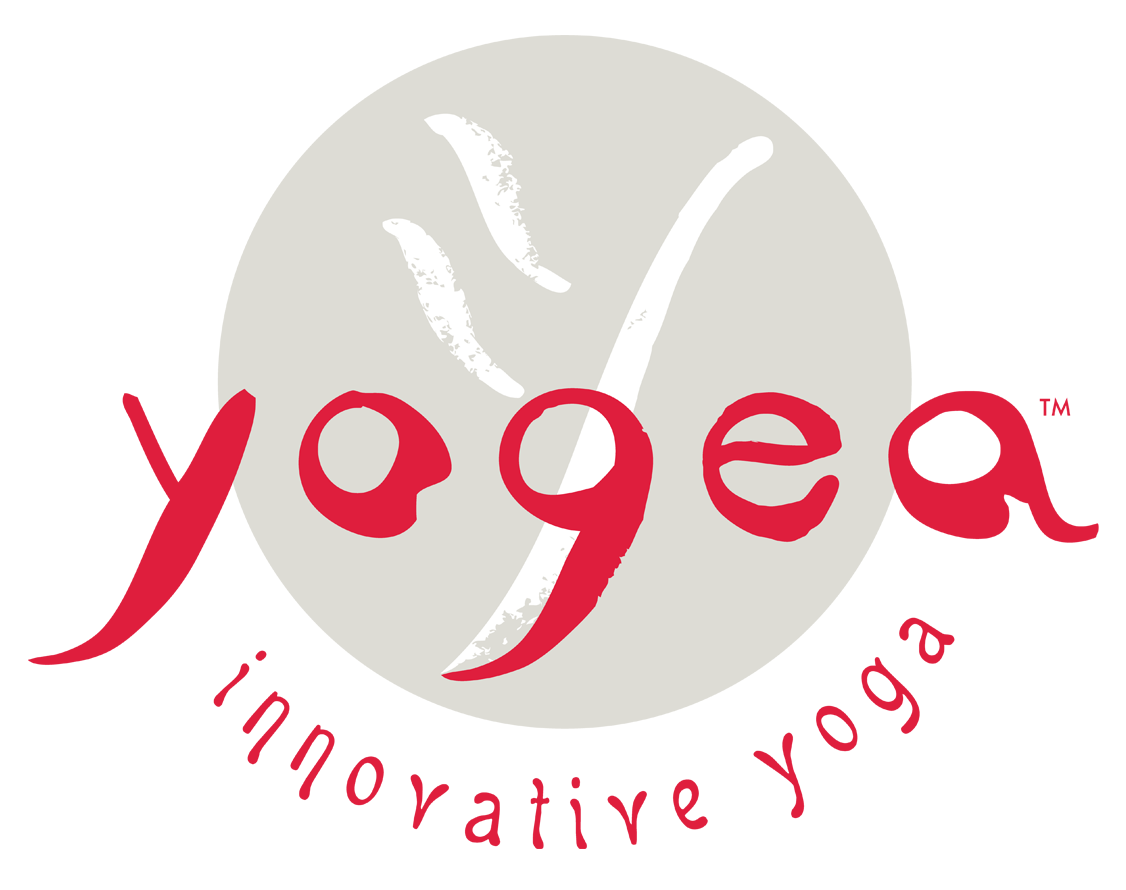Fun Start
A lot of beginners come to my intermediate semi-weekly class because they like the fun variations, the new asana and the holistic approach to the practice. This has made me open the level, go through the basics and give options to make it more accessible. After class they confess that they are drawn to the Yogea class because it’s not boring and it doesn’t recycle the same poses all the time. “It has a much broader holistic scope, and a very creative angle. It makes me much for flexible in my life decisions”, a student just shared.
I remember my self as a newbie. I couldn’t do jack. There were so few poses that I could enjoy, and I was constantly pushing to move on, and get to the more exciting stuff. But the pushing got me injured and I never really got to the fun part, until I re-imagined the flow and art of my practice. Opening my lens to a wider range of possibility, including transitions, binds, asana and sequencing format helped me discover so many interesting options of building into an exhilarating practice. There are so many poses variations that a beginner could explore and limitless safe ways to transition in and out of them. Learning the basics while avoiding the repetition is much more transformational and fun. You really get engaged in the practice, and realize that the varied format resembles all the intricate patterns and variety that is available in nature. Imagine bringing all that bounty and diversity in nature to the mat. It is absolutely within reach when it is done in a smart and informed way.
The first prerequisite for a beginner’s routine is safety and stability. That means that all the poses should feel comfortable on the joints, ligaments and tendons and they ought to be supported, not by props, blocks and bolsters, but by the body’s natural ability to adjust coherently to any somatic design. I like to reiterate that because in most beginner practices there is excessive use of blocks, props, straps, bolsters, blankets to the point that you are not really utilizing the body’s weight shift and its innate ability for fluid movement. I never used all those accessories in my first years of Yoga and that is perhaps the reason why I advanced so fast. I just let the body figure out its own way of getting in and out of poses and building up to them. I experimented a lot with weight shift, body tilts and micro curling of the body parts in order to make them more pliable and bendy, without straining the muscles or overstretching the ligaments and hurting the joints. It was a very organic approach to movement that seeped into my kinetic recall after years of modern and contemporary dance.
I collected all the tricks of the trade and ingenious discoveries in my own yoga journal, which later became the foundation for all the Yogea beginner routines on YouTube. Innovating the practice helped me shape a whole new approach to picking a yoga practice. The gist is in the way the poses are modified and sequenced. The other subtlety is in introducing meridian crossing binds that deepen the effect of the poses through all body systems. And lastly, the breathing coupled with some essential activation mudra transforms the practice into an invigorating dance. I find that beginner yoga should avoid static postures and repetitive sequences, and should emphasize the importance of unimpeded energy flow through the asana and the transitions. Then you are not just doing the next yoga class, but experiencing an energy shift in the body, that later becomes a soulshift, too.
Ready to embark on this creative journey? Try this Yogea routine and get a fun start!
Beginner’s Yoga Routine: Fun Start
This beginner’s yoga class introduces beginners into a wide array of safe classical yoga poses. New pose variations and binds are connected through dynamic transitions that cultivate a sense of flow. The well-rounded mix of pose types offered in a fun and playful way helps students reap all the physical, mental, emotional and spiritual benefits of a holistic yoga practice.

Leave a Reply